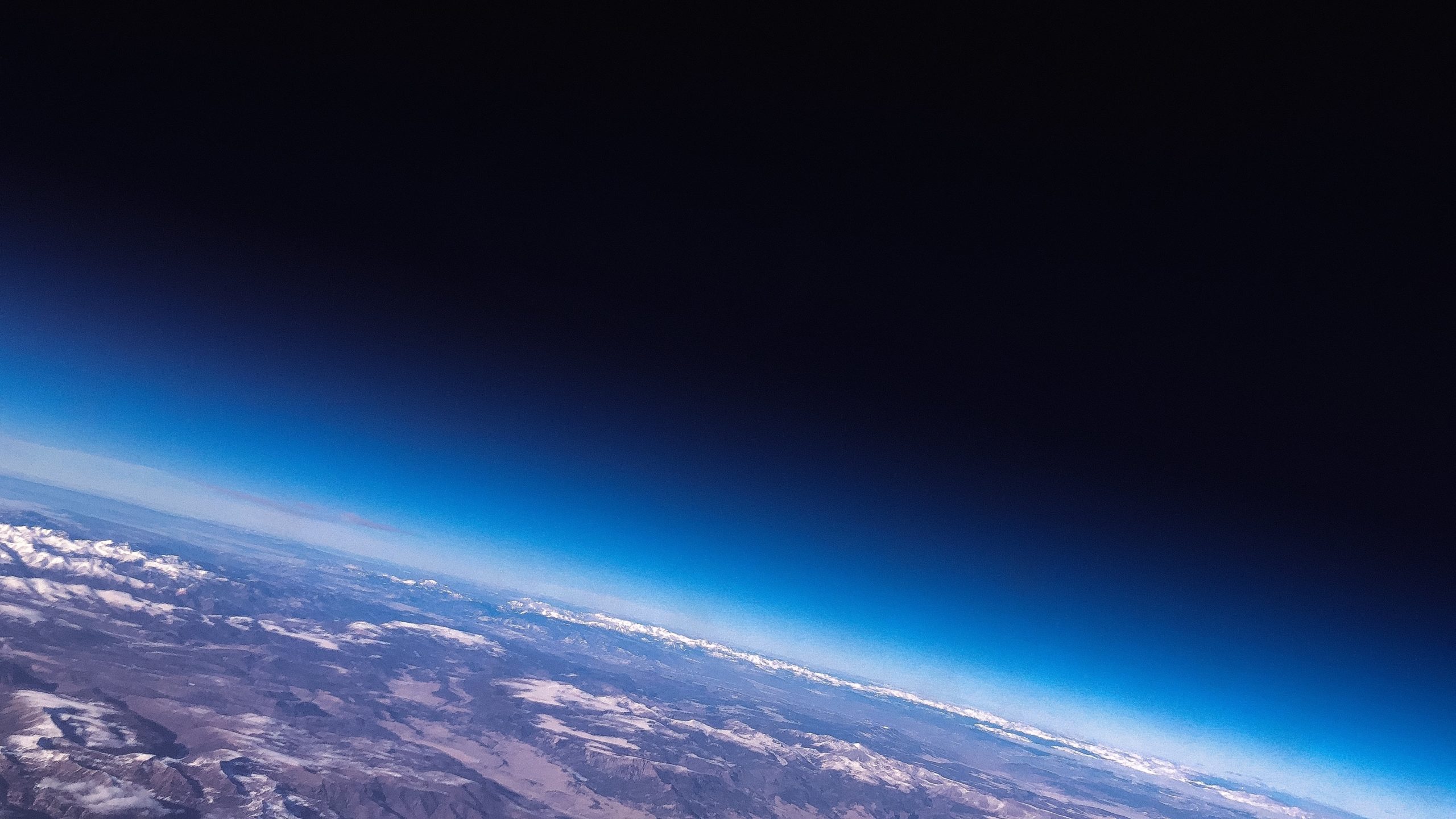The Atmosphere Protects Us, It’s Time We Protect It

No matter where you live, the sky is a wide-open expanse full of stars, of wonder, of beauty. What you see may be slightly different than someone across the globe; different regions have different levels of light pollution, which impacts what we see in the sky, the same as air pollution. What you see now may be different than you saw a year ago; in some urban areas of the U.S., levels of nitrogen dioxide are half of what they were a year ago as people are locked down due to COVID-19.
When you look up now, though, you might have that feeling of being small, like there is very little you can do to help the Earth; I think we’ve all had that feeling. As it turns out, though, there’s a lot we can do as individuals to help our home and to help that atmosphere that protects us from ultraviolet waves, houses the oxygen we breathe, creates the pressure that allows water to exist. In a nutshell, the atmosphere allows us to exist, to live, and to look up and feel small.
Dr. Jonathan Foley, the executive director of Project Drawdown, says it perfectly: “Yes, this is a big problem, but we do have the solutions to solve it.” The overarching solution to declining atmospheric conditions? The “drawdown” will occur when we reach a point where the concentration of greenhouse gases is declining instead of increasing.
What Are Greenhouse Gases?
Greenhouse gases in the atmosphere that prevent heat from escaping, like a hat in the winter. They include ozone, carbon dioxide, methane, nitrous oxide, and fluorinated gases. All except fluorinated gases occur naturally as natural waste products, but the drastic increases are due to human action; some of them will stay in the atmosphere for thousands of years. Fluorinated gases, while small in concentration, can only be destroyed by sunlight; some compounds will stay in the atmosphere for up to 50,000 years. Fifty-thousand years ago, modern humans were just starting to create permanent drawings.
The main greenhouse gas, carbon dioxide (CO₂), makes up about 80% of greenhouse gas emissions in the U.S.; though it occurs naturally, human activities increase emissions. Industrial combustion and the burning of fossil fuels, such as gasoline or coal, for transportation and electricity have increased emissions; the carbon cycle, which ensures the exchange of CO₂ for other compounds, simply can’t keep up.
How is the Atmosphere Doing?
There’s no scale from 1-10 to measure atmospheric conditions; there’s only the facts and their implications. Since 2000, carbon dioxide concentrations have increased by 11%; methane has increased by almost 2.5 times since 1980. The hydroxyl radical, which helps “clean” the lower atmosphere of common air pollutants, is sensitive to greenhouse gas emissions and could become overwhelmed.
The increasing amounts of extreme weather, drought, melting icebergs, ocean acidification, and rising sea levels can all be connected to the increasing temperatures. Extreme weather is leading to flooding, heat stress, and destruction from stronger storms; higher temperatures are leading to changes in animal life cycles and higher incidence of disease from rodents/insects; drought is leading to wildfires like those in California, Colorado, and Australia. Melting permafrost has already released anthrax in Russia, leading to an outbreak in 2016; scientists are worried the same could occur with smallpox and viruses thousands of years old. It’s also releasing more CO₂ as decomposing matter melts.
The Solution for Drawdown
The overarching solution is to reach “drawdown” – when the absorption of greenhouse gases outweighs emissions.
Project Drawdown is dedicated to helping us reach this point through real-world solutions. Their suggested solutions range from industry-wide changes to everyday individual actions. Under their food-related solutions, for example, is Address Waste and Diets. On an individual level, that can be seen as creating less waste, eating less beef, or exploring different ways to prepare food. They also conduct research, analyzing how solutions work, and Drawdown Labs’ goal is to work with industry and governmental leaders to create solutions on a larger scale, like Carbon180. Additionally, they strive to educate the public about climate solutions, along with Climate Voice, who use employees to encourage companies to take climate change seriously.
We only have one globe to live upon and we only have so much time before the consequences of our actions cannot be reversed. Eat less beef, carpool, shop local. When safe again, get your morning coffee in a reusable cup, and when comfortable again, use public transportation; if you can’t, have your next car be more efficient. Bike to work on the nice days, and maybe find a sustainable DIY project to keep things out of the landfill. They’re small actions, but if we all do a few, hopefully, we can stare up at the stars in wonder for a long while.


Leave a Reply